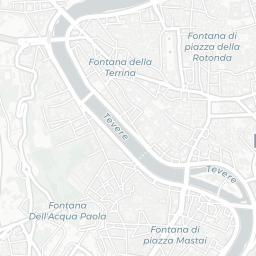About Equestrian statue of Victor Emanuele II
The equestrian statue of Victor Emmanuel II commands attention atop the grand Altare della Patria, a symbol of Italian unification and national pride. Victor Emmanuel II, the first king of a united Italy, is depicted astride a powerful horse, his posture regal and commanding. The statue, crafted from bronze, captures the king in a moment of triumph, his gaze directed towards the future of the nation he helped to forge. The sheer scale of the statue, with the horse alone measuring over 12 meters in length, emphasizes the monumental impact of his reign.
Positioned in the heart of Rome, this statue is part of the larger Vittoriano complex, a neoclassical masterpiece that celebrates the unification of Italy. Designed by sculptor Enrico Chiaradia and completed in 1911, the monument stands as a testament to the pivotal role Victor Emmanuel II played in the Risorgimento, the movement for Italian unification. The statue’s placement on the terrace of the redeemed cities symbolizes the reunification of Italy’s diverse regions into a single nation, a vision that Victor Emmanuel II championed throughout his reign.
Life's Journey: Victor Emmanuel II
Victor Emmanuel II, born in 1820 in Turin, was a key figure in the unification of Italy. As the King of Sardinia, he supported the efforts of statesman Count Camillo di Cavour and revolutionary leader Giuseppe Garibaldi to unify the Italian states. His reign saw the consolidation of Italy into a single kingdom in 1861, with Rome becoming the capital in 1871. The statue captures his legacy as a unifier, a leader who navigated the complex political landscape of 19th-century Europe to achieve a unified Italy. His life’s journey from a regional monarch to the first king of Italy is immortalized in this grand monument.
Plan your perfect trip to Rome with Travo! Download now and start exploring.
Living Legacy in Rome
The statue of Victor Emmanuel II is more than a historical tribute; it is a living symbol of Italian unity and identity. The Vittoriano complex, often referred to as the Altar of the Fatherland, serves as a focal point for national celebrations and commemorations. The monument’s presence in Rome, a city that embodies the heart of Italian culture and history, underscores the enduring significance of Victor Emmanuel II’s contributions to the nation. Visitors and locals alike gather here, reflecting on the ideals of unity and patriotism that continue to resonate in contemporary Italy.
Artistic Elements and Symbolism
The statue’s artistic elements are rich with symbolism. The dynamic pose of the horse, rearing with one hoof raised, conveys a sense of movement and progress, reflecting the forward momentum of the unification movement. Victor Emmanuel II’s attire, a blend of military and regal elements, symbolizes his dual role as a warrior and a king. The bronze material, chosen for its durability and grandeur, ensures that the statue remains a lasting tribute to his legacy. The surrounding architectural elements of the Vittoriano, with its grand staircases and Corinthian columns, further enhance the statue’s majestic presence.
Hidden Stories in the Details
Closer inspection of the statue reveals intricate details that tell deeper stories. The horse’s bridle and saddle are adorned with symbols of the House of Savoy, Victor Emmanuel II’s royal lineage, emphasizing his role as a hereditary monarch. The king’s expression, calm yet resolute, reflects his determination and vision for a unified Italy. The base of the statue, decorated with allegorical figures representing the Italian regions, highlights the diversity and richness of the nation he helped to unite. These details invite viewers to explore the complex history and legacy of Italy’s unification.
Present-Day Significance
Today, the equestrian statue of Victor Emmanuel II stands as a powerful symbol of national pride and unity. It serves as a reminder of the struggles and triumphs that led to the formation of modern Italy. The monument is a popular destination for tourists and a cherished landmark for Romans, offering panoramic views of the city from its terraces. As Italy continues to navigate its place in the global community, the statue remains a testament to the enduring values of unity, resilience, and progress that Victor Emmanuel II championed during his reign.
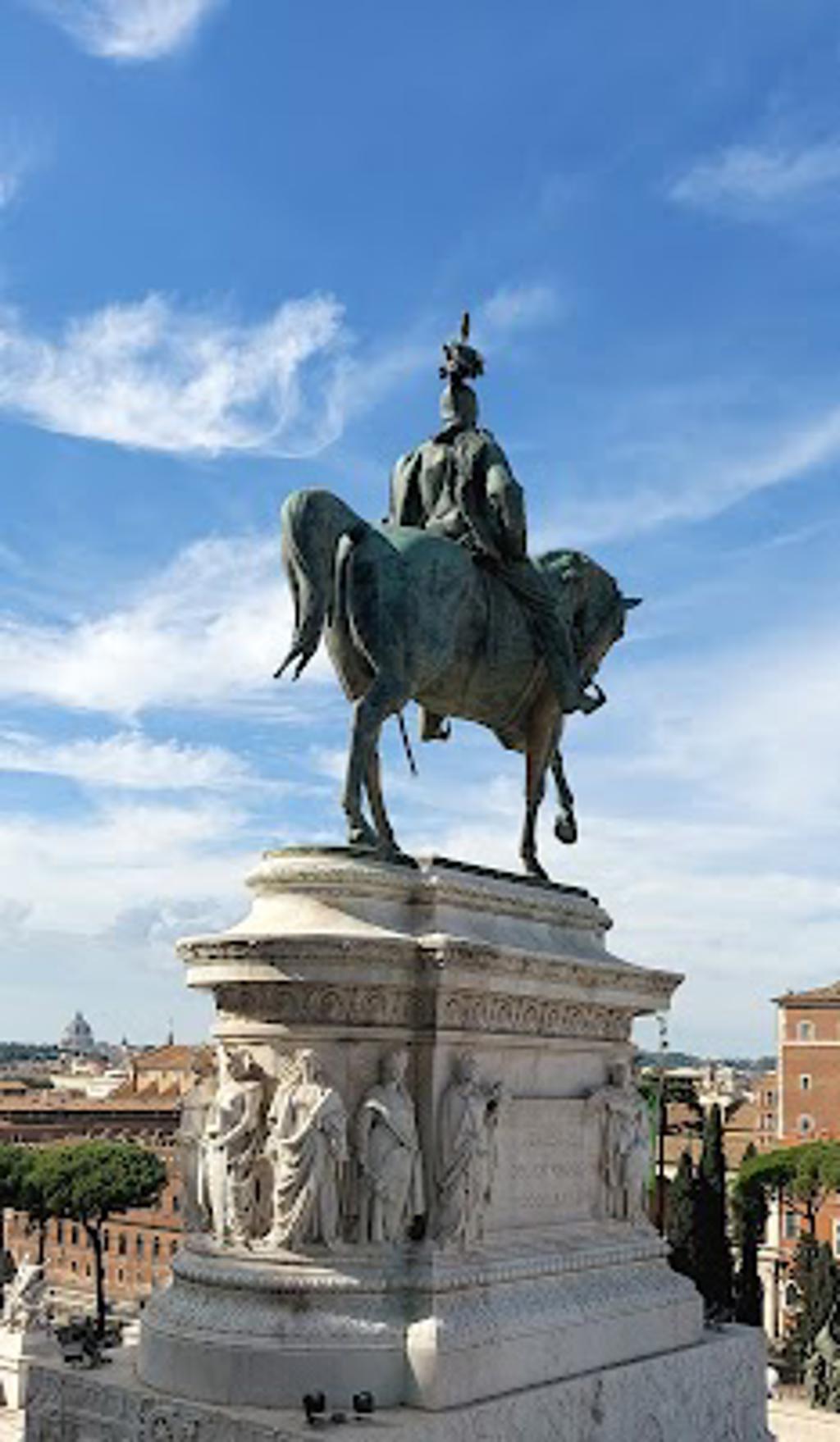
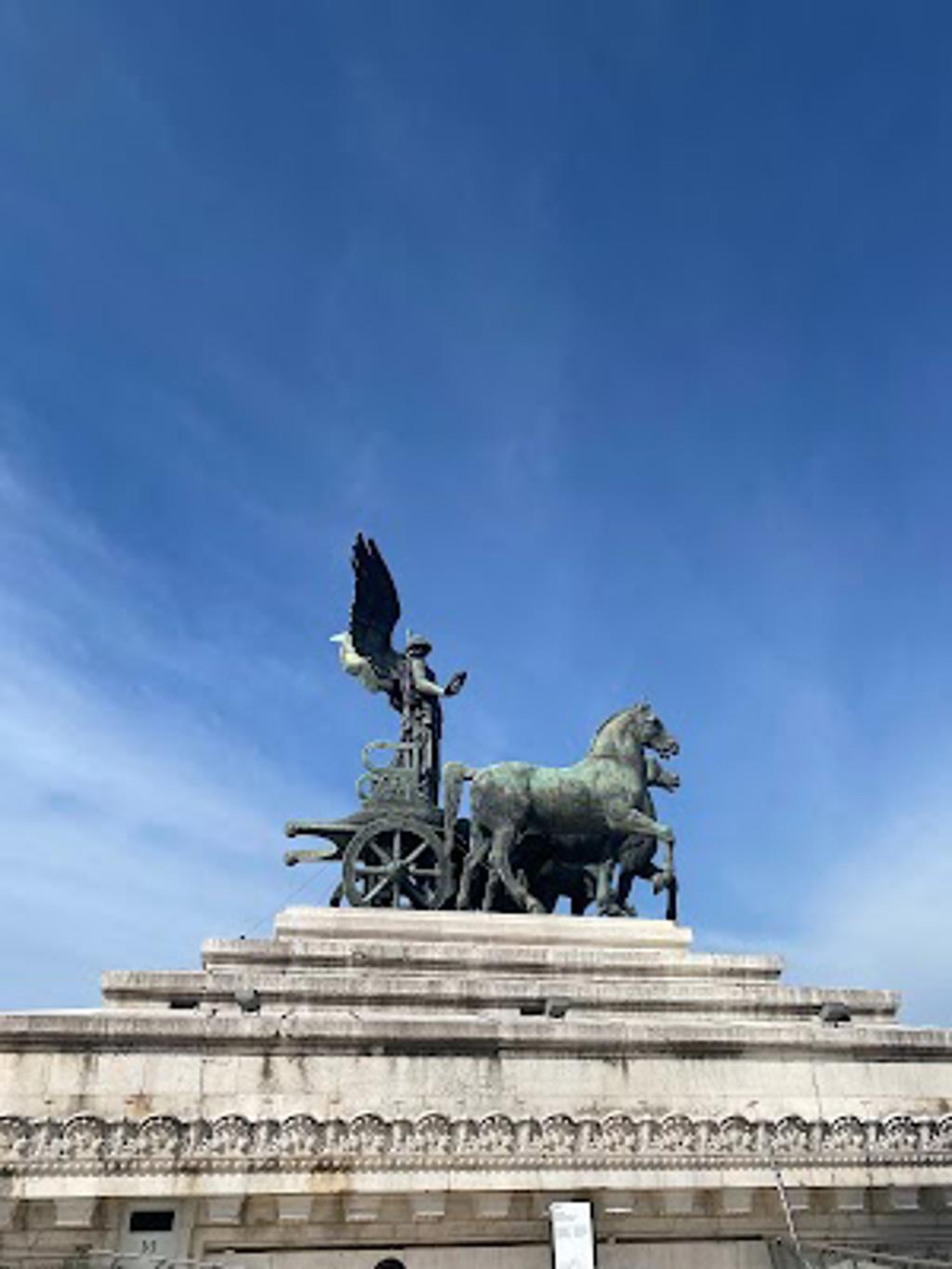
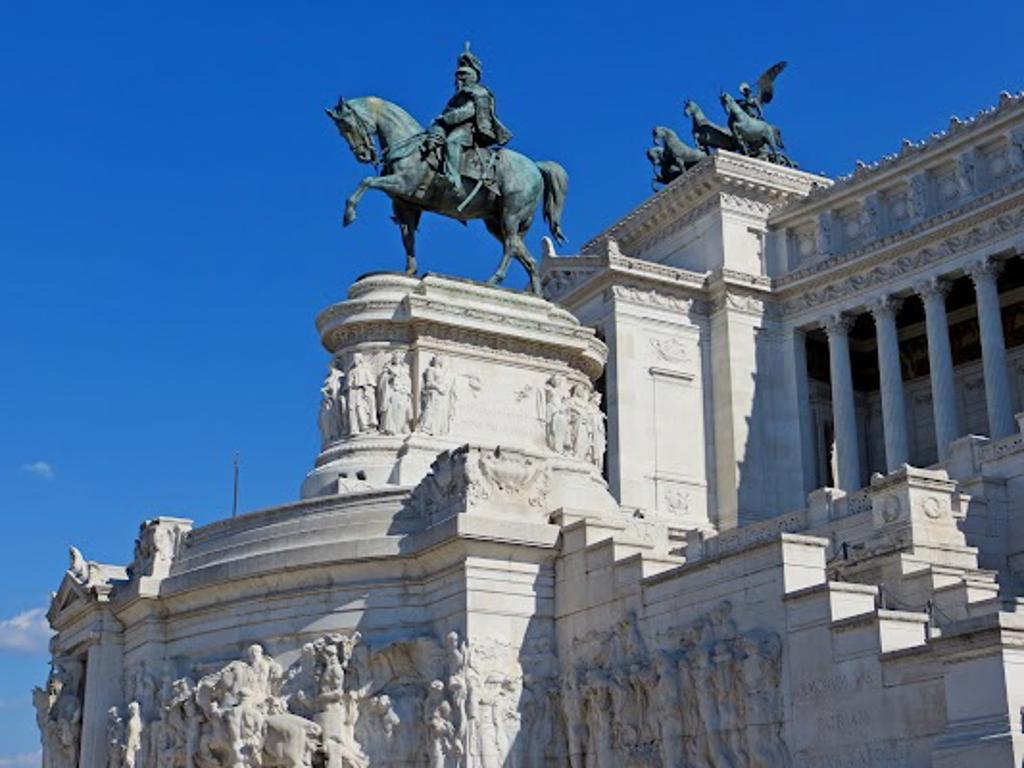
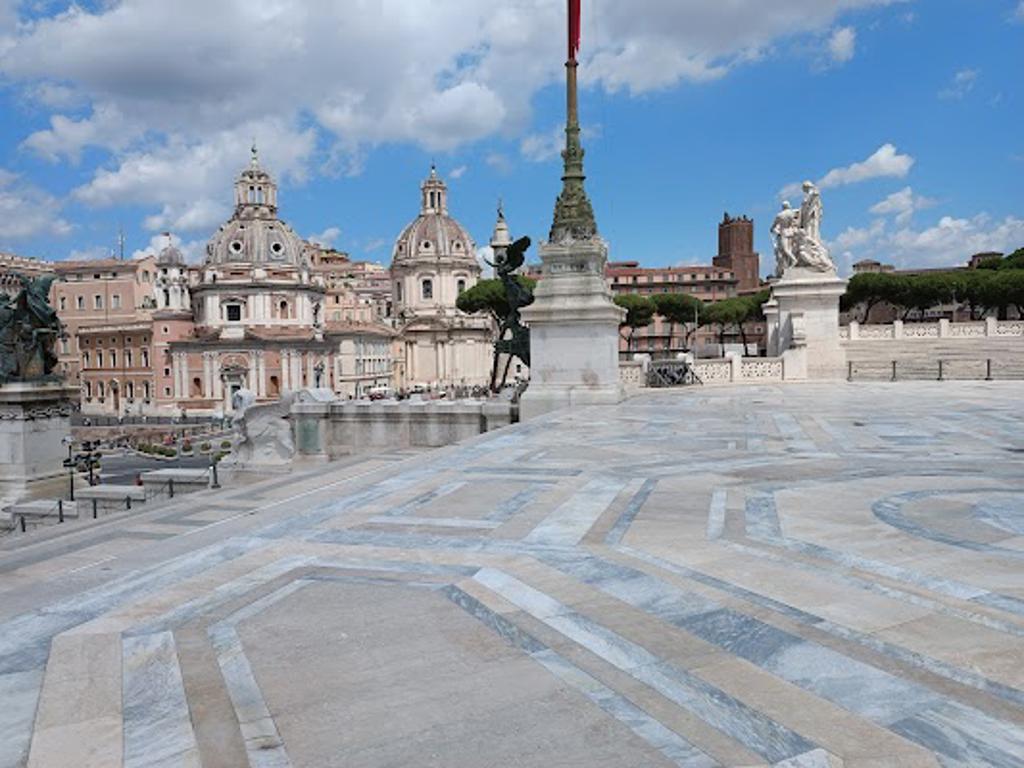
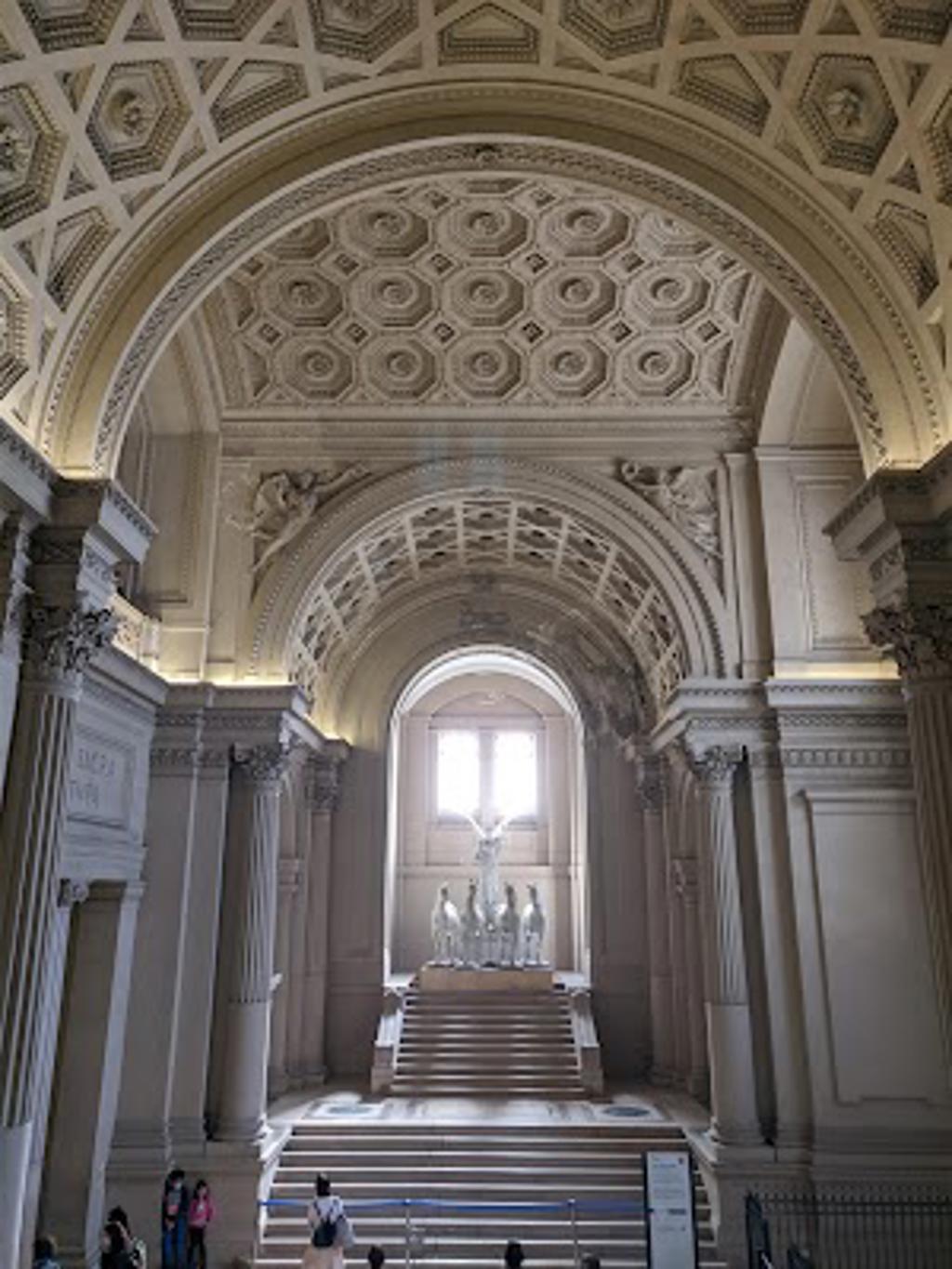
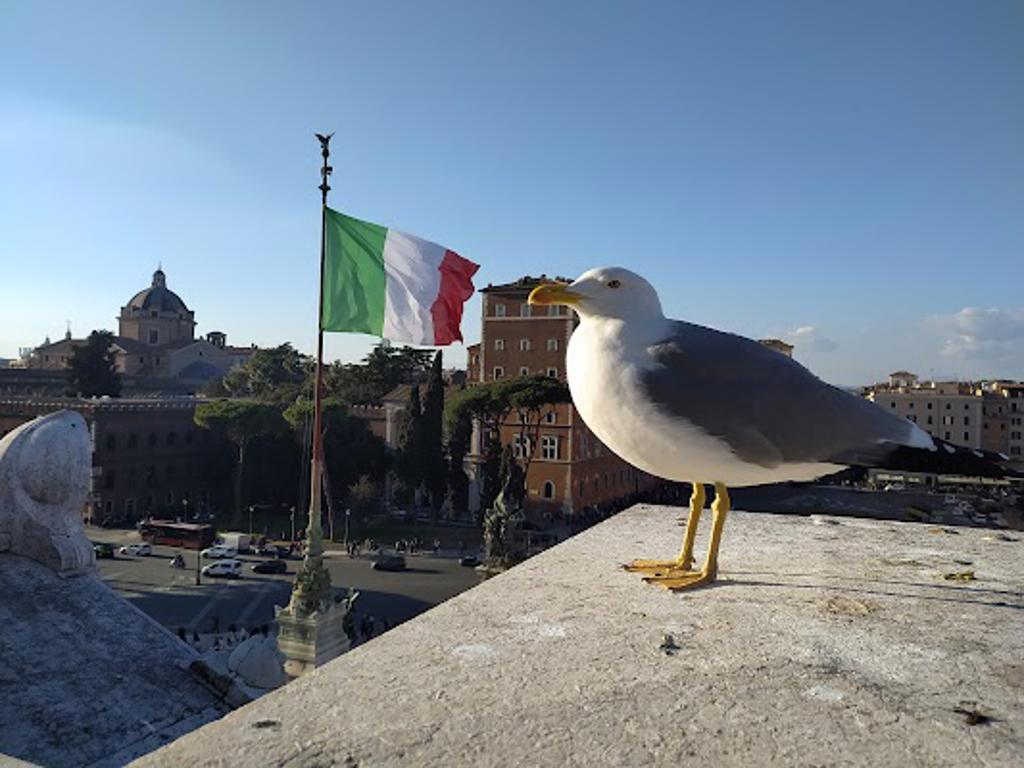
Location
La terrazza delle città redente, 00187, Rome

